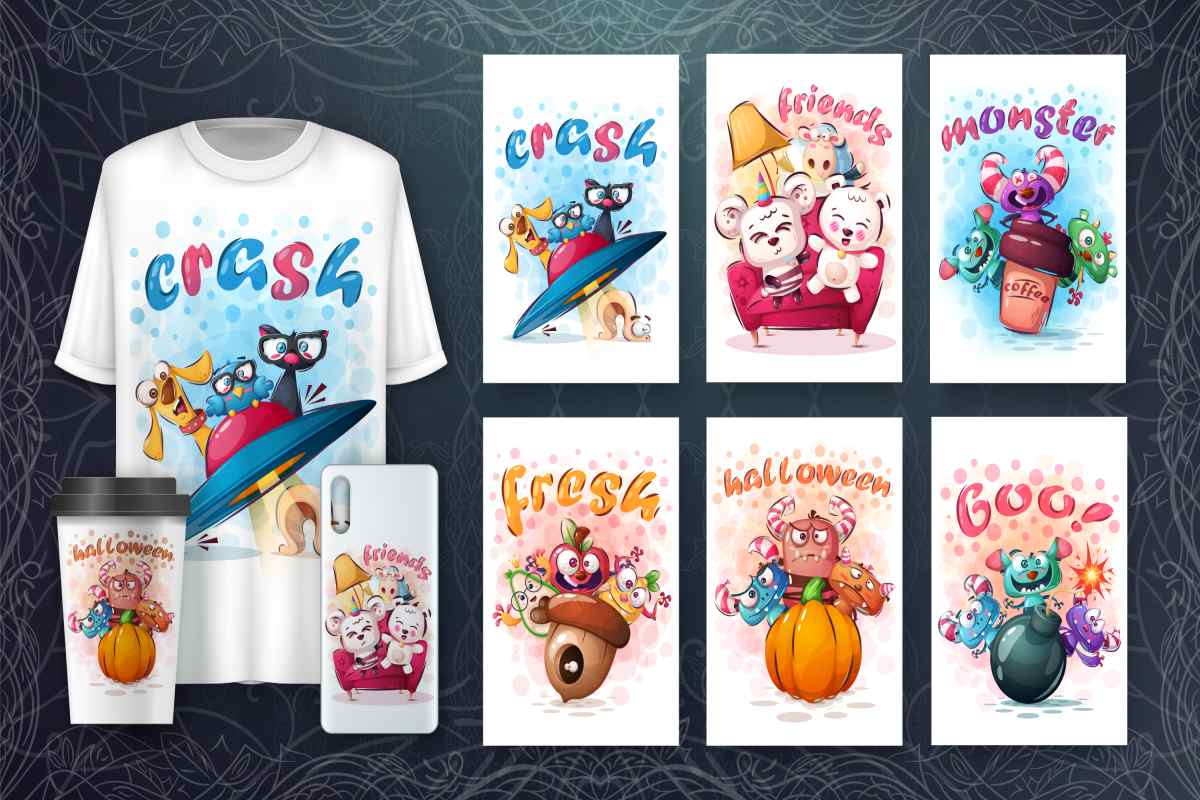
DTF Supplies That Improve Color Vibrancy
Understanding the Role of DTF Supplies in Color Output
The brilliance of a printed image depends not only on design but also on the quality of your DTF Supplies. Color vibrancy, saturation, and clarity are all influenced by how well DTF powders, DTF Films, and DTF Inks work together. To consistently produce vivid and rich prints, businesses must choose DTF Supplies that are designed for optimal ink absorption, efficient curing, and long-lasting color retention. Every layer—from ink to adhesive to transfer surface—plays a vital role in the final result.
How High-Quality DTF Inks Enhance Color Intensity
Among all DTF Supplies, DTF Inks have the most direct effect on how colors appear. Premium DTF Inks are formulated with high pigment concentrations, which yield deeper blacks, brighter whites, and a broader range of tones. These inks also dry faster and cure more evenly, helping prevent smudges or bleed-through on the film. When selecting DTF Inks, look for options with UV resistance and compatibility with your printer model to ensure consistent, brilliant output across various fabric types.
DTF Films That Preserve and Amplify Ink Brilliance
A vibrant image starts with the right surface. DTF Films are the foundation of every transfer and play a key role in how DTF Inks appear. High-performance DTF Films offer anti-static coatings and uniform surfaces that support even ink distribution. They also allow better powder adhesion and faster curing, which means fewer color inconsistencies during transfer. To achieve optimal vibrancy, choose DTF Films specifically designed to showcase detailed graphics and high-definition prints.
Impact of DTF Powders on Final Print Appearance
Though less visible, DTF powders affect color vibrancy by determining how well the ink bonds to the fabric. Uneven or low-quality DTF powders can lead to patchy adhesion, dull finishes, or muted tones after washing. High-quality DTF powders melt uniformly and support strong, consistent ink bonding, ensuring that vibrant colors stay locked into the fabric surface. For best results, select DTF powders that complement the curing temperature of your films and inks.
Matching DTF Supplies for Optimal Color Performance
To achieve consistent color vibrancy, it’s essential to match your DTF Supplies correctly. Use DTF Inks, DTF Films, and DTF powders from the same supplier or brand when possible. Matched systems are tested to work together, reducing the risk of color distortion, curing mismatches, or adhesion failures. When mixing brands, conduct test prints to ensure that the color profile remains accurate and the visual impact is preserved.
Storage and Handling Tips to Preserve Vibrancy
Even the best DTF Supplies can underperform if not stored or handled properly. Keep DTF Inks in sealed containers, away from direct sunlight, to prevent pigment breakdown. Store DTF Films flat and clean to avoid dust particles that can dull prints. Ensure DTF powders are kept in moisture-free environments to maintain their melt properties. Proper storage ensures that your materials perform as intended and maintain high color fidelity throughout your workflow.
Testing and Calibration for Maximum Color Accuracy
Routine testing is critical for maintaining the vibrancy of your prints. Calibrate your printer regularly using ICC profiles that match your DTF Inks. Run test prints on your chosen DTF Films and adjust curing settings to optimize performance with your DTF powders. Monitor for shifts in tone, clarity, or saturation, and adjust accordingly. By consistently testing your DTF Supplies, you ensure every job meets your visual standards and exceeds customer expectations.
Conclusion
Color vibrancy is one of the most important elements in DTF printing—and the key to achieving it lies in using high-quality, well-matched DTF Supplies. From pigment-rich DTF Inks and smooth-surfaced DTF Films to reliable DTF powders, every component must work together to produce brilliant, lasting results. By investing in proper storage, regular testing, and thoughtful supply selection, print businesses can deliver eye-catching colors that make their work stand out in any market.
Frequently Asked Questions
- Which DTF Supplies impact color vibrancy the most?
- DTF Inks have the biggest impact, but DTF Films and DTF powders also play vital supporting roles.
- How can I make colors look more vibrant in my DTF prints?
- Use high-quality DTF Inks, store your supplies properly, and match your supplies for consistent curing.
- Can low-quality DTF powders reduce color clarity?
- Yes, uneven bonding from poor powders can result in faded or inconsistent prints after transfer.
- Do premium DTF Films improve ink color output?
- Absolutely. Smooth and coated films help ink settle evenly and reduce distortion or smudging.
- How do I calibrate my printer for better color vibrancy?
- Use ICC profiles that match your DTF Inks and conduct regular printhead alignments and test patterns.
- Can I mix different brands of DTF Supplies?
- It’s possible, but matching brands ensures the best compatibility and helps maintain vibrant results.
- What causes colors to fade after washing?
- Poor adhesion from low-quality powders or incorrect curing can cause colors to fade or crack over time.
- What temperature should I cure DTF prints for best vibrancy?
- Typically between 150–160°C (300–320°F), but always follow your supplier’s recommended settings.
- Should I test new DTF Supplies before bulk use?
- Yes, always run test prints to check for color, adhesion, and compatibility with your current setup.
- Where can I find high-quality DTF Inks and Films?
- Purchase from reputable DTF-specific suppliers who offer detailed specs and customer support.






